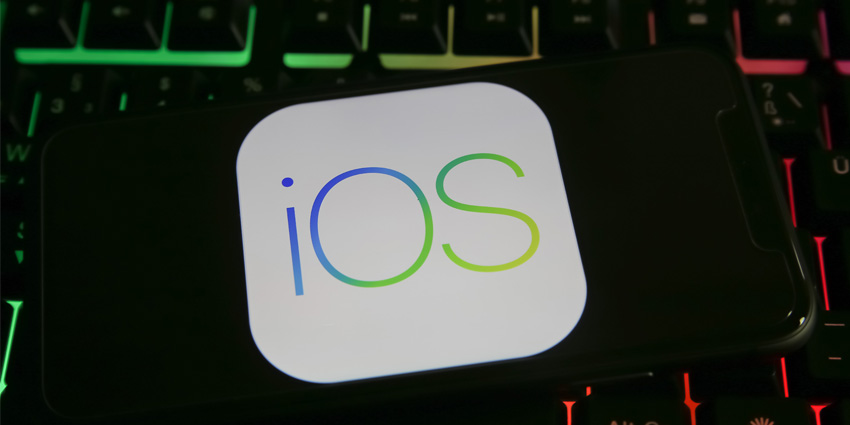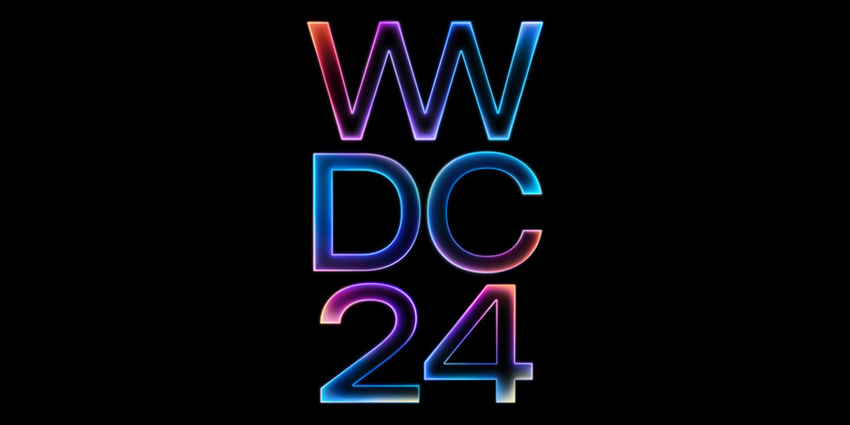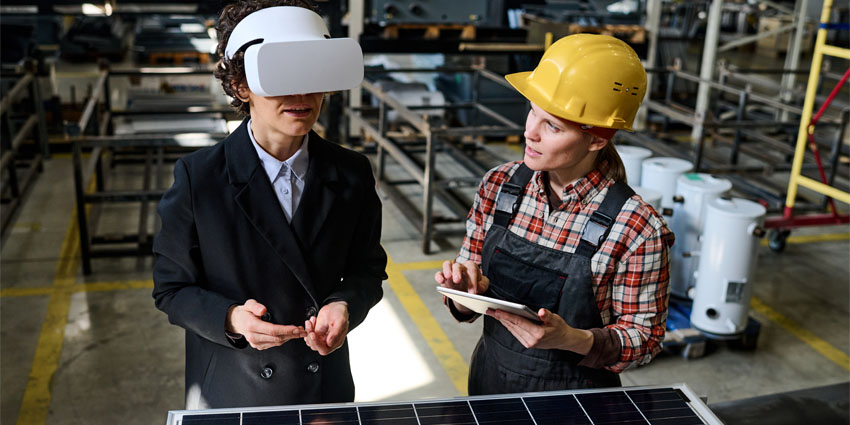Da Vinci Eye is an AR smartphone application for artists, amateurs, and professionals that leverages immersive visualisations to project guides onto real-world surfaces allowing users to trace or copy images.
The firm designed its application for artists at all levels. Although, the service is also getting usage by enterprise market end-users, including catering/bakers, leather workers, and healthcare employees.
The application also comes with Mural Maker, an immersive solution which allows iOS users to design giant-sized artworks. The newest edition to Da Vincis’ lineup allows AR artists to design murals on walls the size of buildings.
Professional mural companies leverage the service, says Sam Gherman, Founder/Creator of Da Vinci Eye. End-users can design first on Procreate or Photoshop and then transfer a reference design to Da Vinci Eye to print an image on a wall in their office or a large-scale mural.
Additionally, Gherman said that Mural Maker is the “tool you need to use” for a production company creating murals and full-time muralists.
The application can help users copy images. Also, the service provides artists with a tool for copying reference designs.
Gherman said:
So a lot of artists prefer to design and draw on physical paper than on digital tools. Artists are using it [Da Vinci Eye] to copy different versions of a reference image down. Then building on that using traditional mediums like markers and pencils. Taking a picture again, doing the same thing over and over. Making iterative designs.
Gherman also added:
For people that are just starting out drawing as well it’s great because it enhances your feeling of being creative. Because anything that you draw using the app automatically comes out really cool.
AR for Education for Tool
In addition to assisting artists and design teams, immersive tools such as the Da Vinci Eye service also exist as solutions for educational institutions and younger demographics.
Gherman added that AR is an “amazing tool for education,” although the application founder noted that he is “saddened” by some of the solutions available for education end-users.
The founder explained that many immersive education tools rely on QR codes for simple interactive content which doesn’t “move the needle on someone’s education;” compared to advanced AR technology – “in the case of da Vinci, you’re using AR as a tool, not just a gimmicky video.”
Developing Immersive Services for iOS
Developing immersive applications for Android and iOS services is a growing industry. With mainstream social media applications commonly using lite-AR content and immersive experiences increasing in consumer interest, many developers are figuring out the best standards and approaches to smartphone distribution.
Although, via each avenue, developers will face different blockers and benefits. Gherman noted that when Da Vinci Eye started development, he had to make a choice between building a cross-platform or device native platform service.
The founder explained:
So a lot of the AR apps and VR apps out there are built in programmes like Unity, that are meant to be cross-platform and while those work really well for video playback use cases and games, they’re dont for higher technology where things need to be super accurate.
Gherman noted that Java for Android and Swift with iOS allow for better platform native development. The founder expressed how the iOS development platform provides greater opportunities for developers to distribute high-quality and stable applications.
Gherman also added that iOS development “wasn’t that difficult” because the iOS “advanced” development software covers numerous high-quality smartphones with similar specs and cameras.
However, the founder notes that Android development is a “much bigger challenge” because more device variants exist, which can alter an immersive application’s performance drastically.
Gherman notes that while Apple and Android’s market share varies greatly, Android’s market share possesses a far larger range of device variants such as Google, LG, and Blue. This varied user base greatly increases the number of bugs an immersive Android application may contain due to differences in device computing specifications.
Gherman also added:
Each one of those manufacturers have different strange bugs specific to their devices. Maybe that would account for 3% of your users on one Samsung device. Also, all the different processors and cameras are vastly different. AR is very processor intensive. So it’s really difficult to manage people’s expectations. A huge challenge for developing on Android over iOS.
Also this is the reason why you’ll see a lot of indie developers developing only for iOS. Not because they don’t want to or they can’t for Android. It’s just that there are so many more variables. There’s so much more time that has to go into Android troubleshooting. So even though I feel like that, we have a pretty great Android app, and despite it being super solid, I would still say that 80 to 90% of our support tickets are still for Android. For these like kind of strange little quirks.
The founder believes that “in general, you’ll see advances come out either sponsored by companies like Samsung specifically for their phones” to support native immersive application development.
The founder added:
But that’s not really the problem. The problem is can you get enough developers to develop for just one phone? So if Samsung takes the initiative and invests in paying people to develop apps specifically for their phones, then I think the AR technology [on Android] can absolutely rival. But it’s just a problem because Samsung does not have a 50% market share. Apple does. So Apple is kind of where the money is as far as developing technology.
Apple’s AR Headset
Also, in anticipation of WWDC 2023, where some audiences believe Apple will debut an XR headset, Gherman expressed interest in the potential device, adding:
It’s very exciting. I think the price point of this is going to be astronomical, and it’s not going to be very accessible. But I think that it’s going to be a gateway to experimenting and eventually lower-price headsets. That’s definitely where the future is. Nobody’s gonna wear a giant VR headset. Hopefully, it’ll be something more like Google Glass further on in the future with more iPhone 14 AR capabilities.
Gherman also added:
So I’m very, very, very excited about that for the future. I think there’s so much that we can do, especially in combination with new AI tools that are coming out as well. AI/ML, all the abbreviations working together, is going to be a very cool thing.
Apple’s MR headset could be a significant event in the XR industry as the device may provide consumers with a high-end product to compete with the Meta Quest 2.







